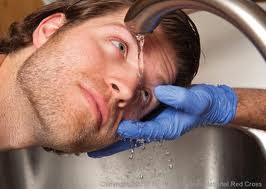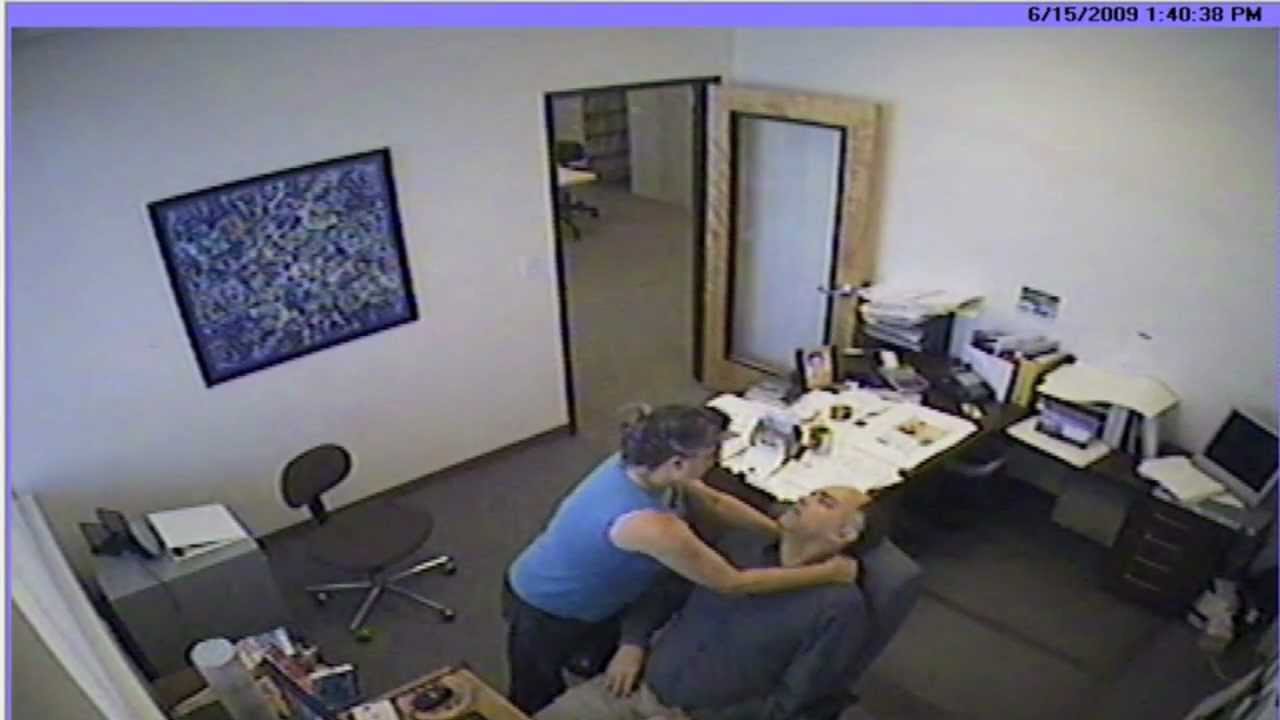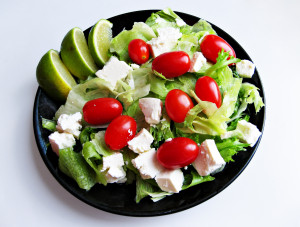 An article found in this news provider wrote that higher levels of the hormone estrogen are associated with an increased risk of sudden cardiac death in men and women, a new study suggests. Could there be something to this or should we just blow it off as another scare tactic? Well, when we consider all of the different ways humans get exposed to estrogen in the form of xenoestrogens(pronounced: zeno-estrogen and are a type of xenohormone that imitates estrogen. They can be either synthetic or natural chemical compounds.), it becomes quite clear that we have a problem on our hands and the side effects are coming to roost.
An article found in this news provider wrote that higher levels of the hormone estrogen are associated with an increased risk of sudden cardiac death in men and women, a new study suggests. Could there be something to this or should we just blow it off as another scare tactic? Well, when we consider all of the different ways humans get exposed to estrogen in the form of xenoestrogens(pronounced: zeno-estrogen and are a type of xenohormone that imitates estrogen. They can be either synthetic or natural chemical compounds.), it becomes quite clear that we have a problem on our hands and the side effects are coming to roost.
How do we become exposed to these synthetic or foreign hormones? Well sit back and take a look at this pretty comprehensive list provided by a site dedicated to endocrinology.
* Commercially-raised, non-organic meats such as beef, chicken, and pork
* Commercial dairy products including milk, butter, cheese, and ice cream – Use only organic products that do not contain bovine growth hormone
* Unfiltered water, including water you bathe in – Use reverse-osmosis filtered water such as Dazani or get your own filter
* Laundry detergent – Use white vinegar, baking soda, or tri-sodium phosphate (TSP)… According to some experts, avoid even the Seventh Generation and Eco brands
* Dryer sheets and fabric softeners – Use white vinegar is a marvelous natural fabric softener, no smell after it dries
* Avoid Primpro, DES, Premarin, Cimetidine (Tagamet), Marijuana, and Birth Control Pills.
* Hormone replacement therapy (HRT)
* Progesterone creams made with paraben preservatives
* Soy
* Ground flaxseed – If you’re looking for the Omega-3 effect, use fish oil instead
* No sunflower oil, no safflower oil, no cottonseed oil, no canola oil – Use olive oil or grapeseed oil
* Avoid Tea tree oil (melaleuca) – I know, I love tea tree oil, this one is tough
* No lavendar oil
* Avoid coffee and caffeine
* Sage and rosemary
* Shampoos, lotions, soaps, cosmetics that contain paraben or phenoxyethanol – Almost all contain them, you have to look far and wide. Be diligent, you’re getting hundreds of times more exposure through your skin than through your diet. So far, I’ve found Kiss My Face brands to be okay.
* Shampoos that purposely include estrogen (these are shampoos that cater to the African-American market)
* Avoid reheating foods in plastic or styrofoam containers
* Avoid drinking out of plastic cups and containers
* Air fresheners that contain pthalates
* Avoid naturally occurring plant estrogens:
* Coffee
* Clover, red clover tea, alfalfa sprouts
* Sunflower seeds
* Queen Anne’s lace (wild carrot)
* Pomegranate – The Greeks used this plant as a contraceptive!
* Dates
* Fennel
* Licorice, red clover, yucca, hops (beer) and motherwort
* Bloodroot, ocotillo, mandrake, oregano, damiana, pennyroyal, verbena, nutmeg, tumeric, yucca, thyme, calamus rt., red clover, goldenseal, licorice, mistletoe, cumin, fennel, chamomile, cloves
* 4-Methylbenzylidene camphor (4-MBC) (sunscreen lotions)
* butylated hydroxyanisole / BHA (food preservative)
* atrazine (weedkiller)
* bisphenol A (monomer for polycarbonate plastic and epoxy resin; antioxidant in plasticizers)
* dieldrin (insecticide)
* DDT (insecticide)
* endosulfan (insecticide)
* erythrosine / FD&C Red No. 3
* heptachlor (insecticide)
* lindane / hexachlorocyclohexane (insecticide)
* methoxychlor (insecticide)
* nonylphenol and derivatives (industrial surfactants; emulsifiers for emulsion polymerization; laboratory detergents; pesticides)
* polychlorinated biphenyls / PCBs (in electrical oils, lubricants, adhesives, paints)
* parabens (lotions)
* phenosulfothiazine (a red dye)
* phthalates (plasticizers)
o DEHP (plasticizer for PVC)
(http://endojourney.wordpress.com/2009/07/31/a-list-of-xenoestrogens/)
When we think about some of the complications of high estrogen levels in either gender, including increased risk of hormone sensitive cancers, increased cardiac inflammation(http://onlinelibrary.wiley.com/doi/10.1002/iub.48/pdf), blood clot risk increase, and men have the same with the addition of impotence and infertility.
I’m glad to see there are more studies confirming that we have an estrogen problem in society. And along with this, we are going to see many more complications of disproportionate sex hormones and their effects. etc.http://endojourney.wordpress.com/2009/07/31/a-list-of-xenoestrogens/
It looks like organic and natural living isn’t just for enthusiasts anymore. It’s something we should all be more aware of and do our part to begin living a healthier and happier life.

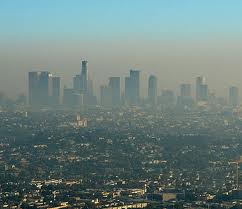
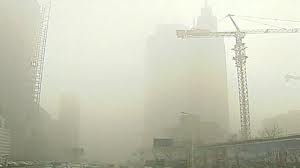

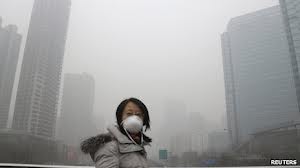

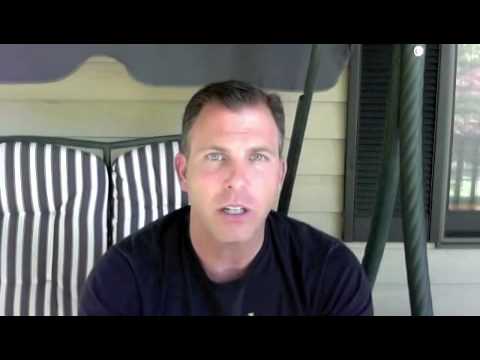 Hello Rescue Fans!
Hello Rescue Fans!